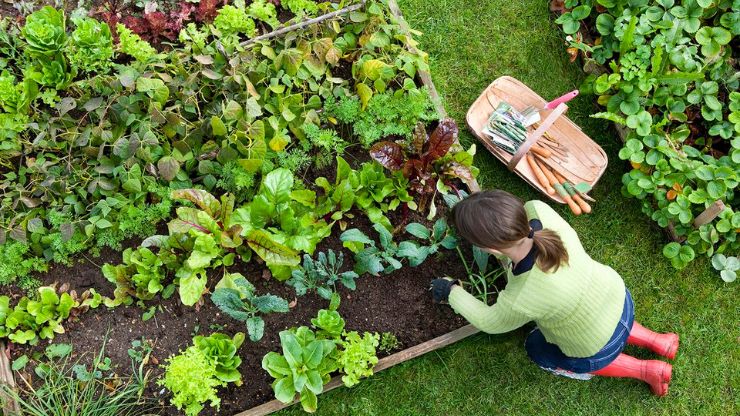Embarking on your first vegetable garden is an exciting journey filled with the promise of fresh produce and the satisfaction of nurturing plants from seed to harvest. Whether you’re a novice gardener or have some experience, establishing a successful vegetable garden requires careful planning and attention to detail. In this guide, we’ll explore the 10 Keys to Successfully Establishing Your First Vegetable Garden, from selecting the right location and preparing the soil to choosing the best vegetables to grow and maintaining proper care throughout the growing season. With these essential tips and techniques, you’ll be well-equipped to cultivate a bountiful and thriving garden that provides you with an abundance of homegrown goodness. Get ready to roll up your sleeves and dig into the rewarding world of vegetable gardening!
Table of Contents
Toggle10 Keys to Successfully Establishing Your First Vegetable Garden
1. Selecting the Right Location

Choosing the perfect location for your first vegetable garden is essential for its success. Look for a spot in your yard that receives at least 6-8 hours of sunlight per day, as most vegetables require ample sunlight to thrive. Additionally, ensure that the location has well-draining soil to prevent waterlogging, as excessive moisture can lead to root rot and other issues. Consider factors such as proximity to water sources, accessibility, and protection from strong winds when selecting the location for your garden.
Also Read: 7 Companion Plants You Should Never Grow With Tomatoes
2. Planning Your Garden Layout
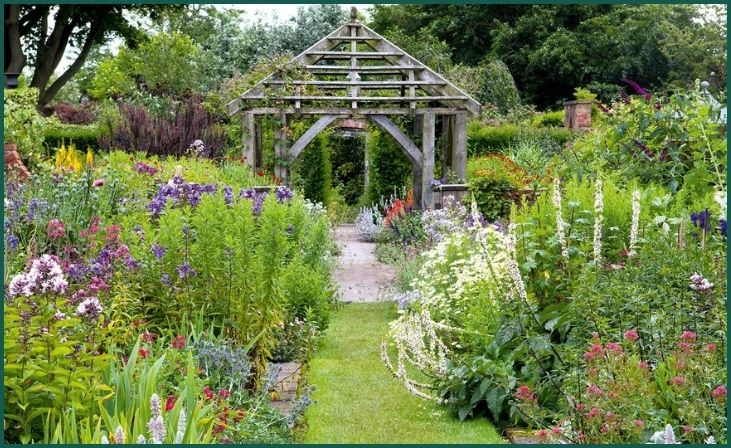
Before planting, take the time to plan out your garden layout to maximize space and productivity. Consider factors such as the mature size of your chosen vegetables, spacing requirements, and companion planting strategies. Use graph paper or online garden planning tools to sketch out your garden beds and determine the placement of each crop. Group vegetables with similar sun, soil, and water requirements together to simplify maintenance and ensure optimal growth.
3. Preparing the Soil
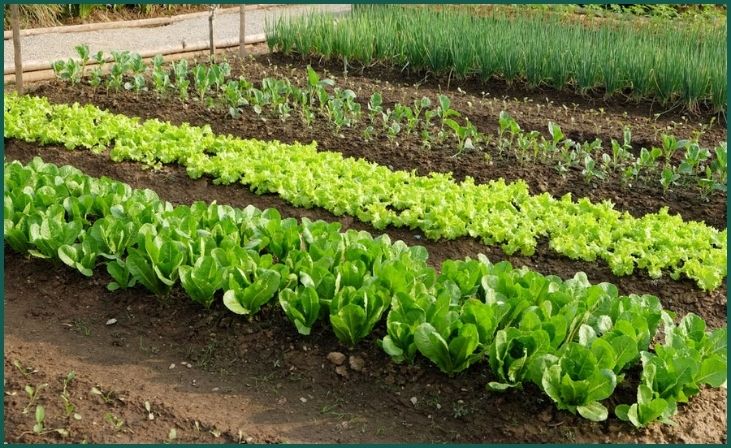
Preparing the soil is crucial for establishing a healthy and productive vegetable garden. Start by removing any weeds, rocks, or debris from the area and then loosen the soil to a depth of at least 6-8 inches using a shovel or garden fork. Incorporate organic matter such as compost, aged manure, or composted leaves into the soil to improve its texture, fertility, and drainage. Consider having your soil tested to determine its pH and nutrient levels and make any necessary amendments based on the results.
4. Choosing the Right Vegetables
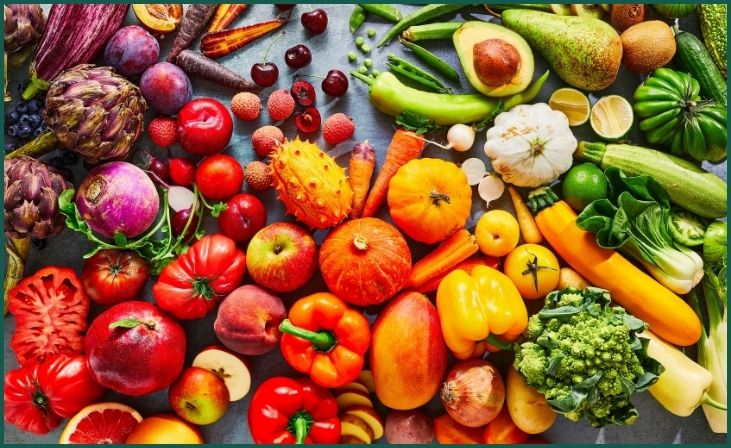
When selecting vegetables for your first garden, choose varieties that are well-suited to your climate, soil type, and growing conditions. Start with beginner-friendly veggies like beans, lettuce, tomatoes, peppers, and carrots that are also easy to cultivate. Consider your family’s preferences and dietary needs when choosing vegetables to ensure that you’ll enjoy the fruits of your labor once harvest time arrives. You can also experiment with heirloom or unusual varieties to add variety and excitement to your garden.
5. Starting from Seeds or Transplants
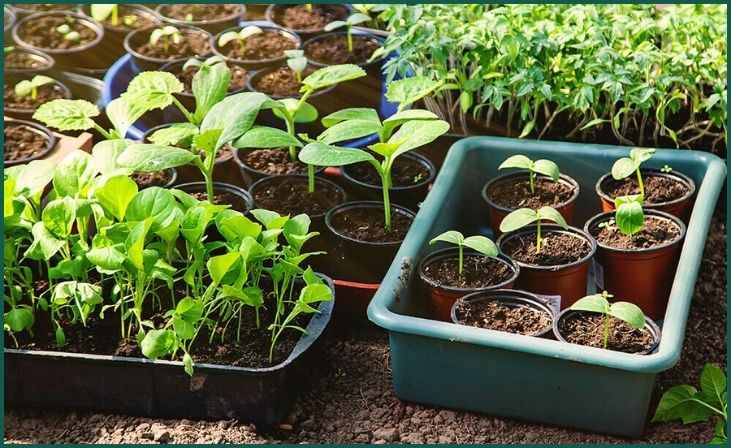
Decide whether you want to start your vegetable garden from seeds or transplants, depending on your gardening experience, time, and resources. Starting from seeds allows you to choose from a wider variety of vegetables and is often more cost-effective, but it requires more time and attention to ensure successful germination and growth. Alternatively, purchasing transplants from a nursery or garden center can save time and provide a head start on the growing season, especially for vegetables with long growing seasons or those that are difficult to germinate from seed.
Don't just scroll, subscribe!
BuzzTrail's unique web-stories are the cure for boredom you've been waiting for.
6. Planting and Spacing
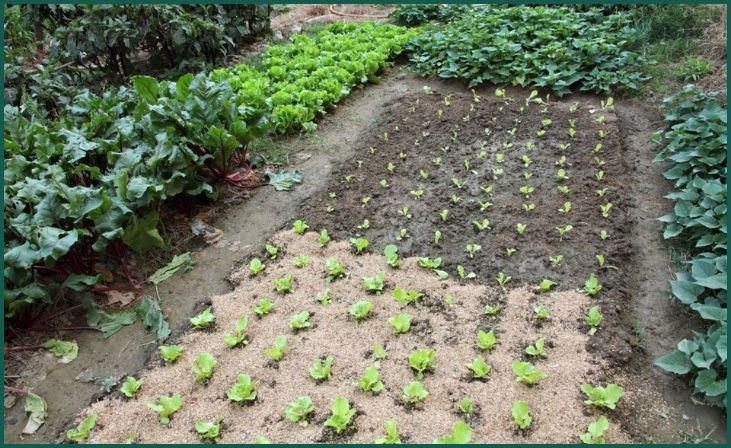
Follow the planting instructions provided on seed packets or plant tags to ensure proper spacing and depth for each vegetable variety. Plant seeds or transplants at the appropriate depth and spacing to allow for adequate root development and airflow between plants. Consider using techniques such as square foot gardening or intensive planting to maximize space and productivity in small garden beds. Pay attention to recommended planting dates for your region and adjust accordingly to ensure optimal growing conditions for each crop.
7. Providing Water and Nutrients
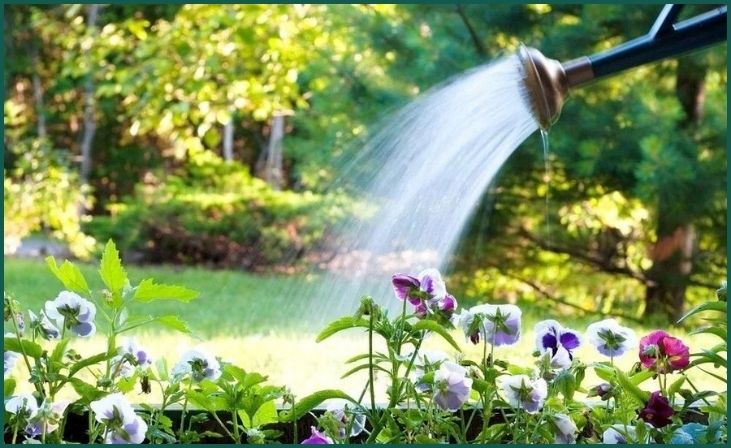
Consistent watering is essential for the health and growth of your vegetable garden, especially during the critical stages of germination, flowering, and fruit set. Water your garden deeply and evenly to ensure that the soil remains consistently moist but not waterlogged. Consider using soaker hoses, drip irrigation, or watering cans to deliver water directly to the base of the plants and minimize evaporation. Additionally, fertilize your vegetable garden regularly with a balanced fertilizer to provide essential nutrients for healthy growth and abundant harvests.
8. Managing Pests and Diseases

Keep an eye out for common pests and diseases that can affect vegetable crops and take proactive measures to prevent and manage them. Monitor your garden regularly for signs of insect damage, such as chewed leaves or holes in fruits, and take appropriate action, such as handpicking pests or applying organic pest control methods. Practice good garden hygiene by removing plant debris, weeds, and fallen fruits to reduce the risk of pest and disease outbreaks. Consider using companion planting, crop rotation, and physical barriers to deter pests and promote a healthy garden ecosystem.
9. Mulching and Weed Control
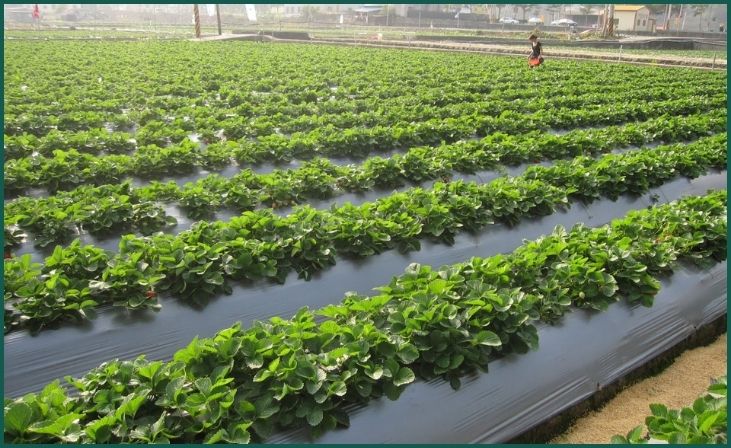
Mulching your vegetable garden helps conserve moisture, suppress weeds, and regulate soil temperature, creating optimal growing conditions for your plants. Apply a layer of organic mulch such as straw, leaves, or grass clippings around your plants to help retain moisture and prevent weed growth. Mulching also helps improve soil structure and fertility over time as the organic material breaks down and adds nutrients to the soil. Take care to keep mulch away from the stems of plants to prevent rot and disease.
Also Read: Plant These 8 Fantastic Leafy Greens This July
10. Harvesting and Enjoying Your Bounty
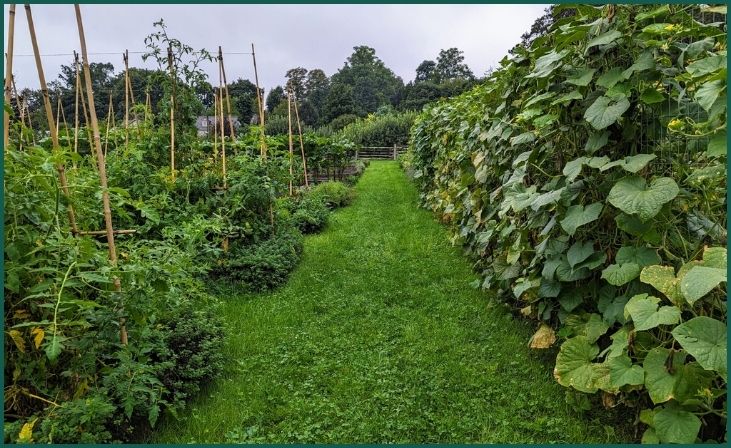
Finally, enjoy the fruits of your labor by harvesting fresh, homegrown vegetables from your garden throughout the growing season. Harvest vegetables at their peak of ripeness for the best flavor and nutritional value, and enjoy them in your favorite recipes or preserved for later use. Regular harvesting also encourages continued production and prevents vegetables from becoming overripe or attracting pests. Take pride in your successful vegetable garden and share your bounty with friends, family, and neighbors to spread the joy of homegrown food.
Conclusion
In conclusion, establishing your first vegetable garden is a rewarding endeavor that offers numerous benefits, from providing fresh, nutritious produce to fostering a deeper connection with nature. By following the ten keys outlined in this guide, you’ll be well on your way to success in your gardening journey. Remember to start small, stay patient, and be prepared to learn from both successes and failures along the way. With dedication, attention to detail, and a little bit of trial and error, you’ll soon be enjoying the fruits (and vegetables) of your labor, reaping the joys of homegrown goodness straight from your own backyard. Happy gardening!
FAQs
What are some easy-to-grow vegetables for beginners?
What are some easy-to-grow vegetables for beginners?
Some easy-to-grow vegetables for beginners include tomatoes, lettuce, cucumbers, carrots, radishes, and green beans.
How often should I water my vegetable garden?
How often should I water my vegetable garden?
The frequency of watering your vegetable garden depends on factors such as weather conditions, soil type, and the specific needs of your plants. In general, aim to keep the soil consistently moist but not waterlogged, and water deeply at least once a week, adjusting as needed based on environmental factors.

